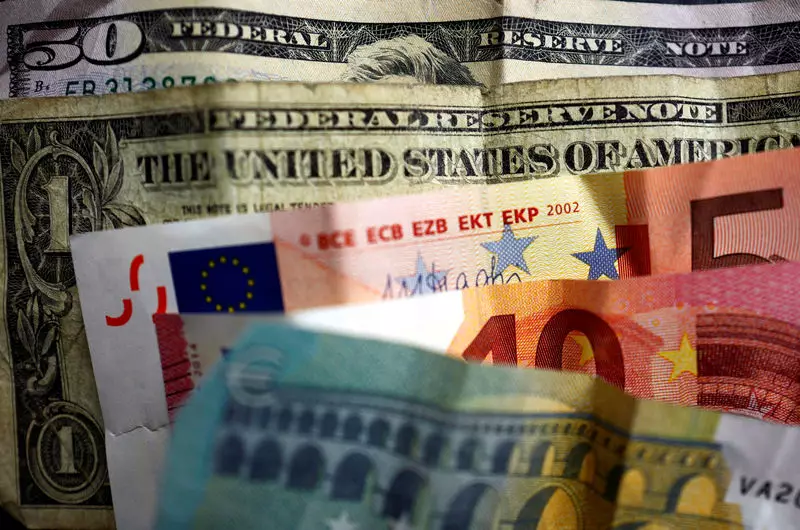The foreign exchange market is constantly in flux, with the U.S. dollar being one of the most influential currencies. The recent movements in the market have seen the dollar edge lower after reaching an eight-week high. The Dollar Index, which tracks the greenback against a basket of six other currencies, showed a 0.2% decrease, signaling a consolidation phase. Despite the recent strength in the U.S. economy and positive PMI readings, traders have taken some profits, shifting focus to upcoming data releases such as the PCE price index.
The market sentiment is heavily influenced by economic data releases, with expectations for a slowing of inflation playing a key role in shaping the future of interest rates. The Federal Reserve has been cautious about cutting interest rates without concrete evidence of a slowdown in inflation. The upcoming reading of the Fed’s preferred inflation gauge is anticipated to show an annual growth rate of 2.6% in May. A soft reading could strengthen expectations for an interest rate cut as early as September, currently priced at 65% by the CME FedWatch tool.
The European market has its own set of issues, as seen in the performance of the euro against the dollar. The euro rose 0.2% despite weak German business sentiment, with the Ifo institute reporting a decline in the business climate index. The German economy is facing challenges in overcoming stagnation, leading to concerns about the overall economic stability in the region. Additionally, the right-wing’s success in the recent European Parliament elections has added uncertainty to the market, with French President Emmanuel Macron calling for a snap election.
The British pound has also been subject to fluctuations, especially after the Bank of England’s latest policy meeting. Although the BoE kept rates on hold, there are indications that policymakers are considering a rate cut in the near future. The markets remain divided on the potential for an August rate cut, with expectations ranging from a 14 basis-point cut to a more substantial 75 basis-point cut. The uncertain political climate in the UK, including the upcoming election, is adding to the volatility in the pound’s value.
In the Asian market, the USD/JPY pair has seen some activity, with the yen trading lower after reaching a high not seen since April. The recent weakness in the yen has raised concerns among Japanese officials, prompting discussions about potential intervention to support the currency. Similarly, the USD/CNY pair has been trading within a narrow range, with the yuan near its lowest level in seven months. Worries about the economic slowdown in China have contributed to the yuan’s depreciation against the dollar.
The foreign exchange market is highly sensitive to economic data, central bank decisions, and geopolitical events. The recent trends in major currency pairs such as the USD/EUR, GBP/USD, and USD/JPY indicate widespread uncertainty and volatility. Traders and investors need to closely monitor these developments to make informed decisions and navigate the unpredictable nature of the forex market.

